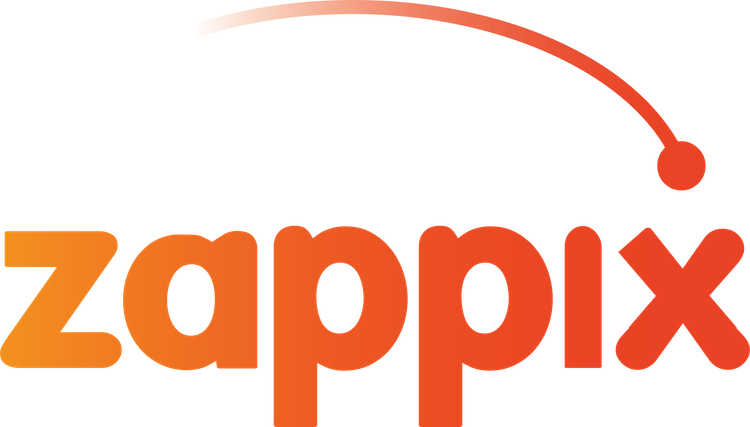The core mission of healthcare, delivering quality patient care, is being increasingly overshadowed by a silent crisis: the mounting administrative burden that is fueling staff burnout. Excessive non-clinical tasks are diverting staff energy and attention, creating profound stress, and directly compromising the quality and safety of patient care. The solution to restoring balance lies in strategically deploying modern technology to offload this stress and re-humanize the patient-provider interaction.
Reaching the Breaking Point: The Stress-Care Link
The complex, high-volume duties of administrative staff, including scheduling, pre-authorization, billing, and handling constant patient inquiries, are pushing the system to the breaking point. The sheer volume and repetitiveness of these tasks create a relentless cycle of heightened stress and burnout. When administrative teams are overwhelmed, their focus diminishes, leading to higher error rates in documentation and data management. This loss of efficiency and focus directly degrades the patient experience, resulting in longer wait times, frustrated interactions, and a distinct lack of personal connection, actively eroding the perceived quality of care.
The Tangible Impact of Burnout on Patient Care
Staff exhaustion and disengagement have measurable, negative impacts on patient-facing services. Burned-out staff often lack the emotional bandwidth for empathetic interactions, resulting in reduced compassion and lower patient satisfaction. More critically, mistakes in administrative work, such as incorrect prior authorizations or missed follow-ups, can result in delayed or denied care, which directly impacts health outcomes and patient safety. Furthermore, high burnout fuels staff turnover, destabilizing care delivery and causing a critical loss of institutional knowledge. The administrative crisis, therefore, becomes a clinical crisis.
Strategic Solutions: Technology as a Catalyst for Care
The most effective solution is to strategically implement modern technology, particularly patient-facing self-service solutions, to alleviate the workload. Tools like automated scheduling, digital check-in, and AI-powered virtual assistants automate routine, transactional administrative tasks. These solutions successfully move the high volume of low-value work off the staff’s plate, reducing call volume and data entry. By automating these transactional processes, they can dedicate their valuable time and energy to complex patient support that requires human expertise, empathy, and attention, thus returning focus to the patient.
The Zappix Perspective: Re-Humanizing Healthcare
At Zappix, we understand the future of healthcare efficiency is not about working harder, but smarter, by strategically deploying intelligent automation to target the administrative friction. We recognize that relying on low-response, manual methods, such as repeated phone calls, wastes staff effort and fails to engage patients effectively. By shifting from this burdensome manual contact to automated digital outreach via patient-preferred channels, providers achieve exceptionally high response rates, immediately converting wasted effort into engagement. By automating these transactional processes, we don’t replace people; we re-humanize the patient experience, allowing staff to focus their energy on delivering the high-quality, compassionate care that truly matters.





